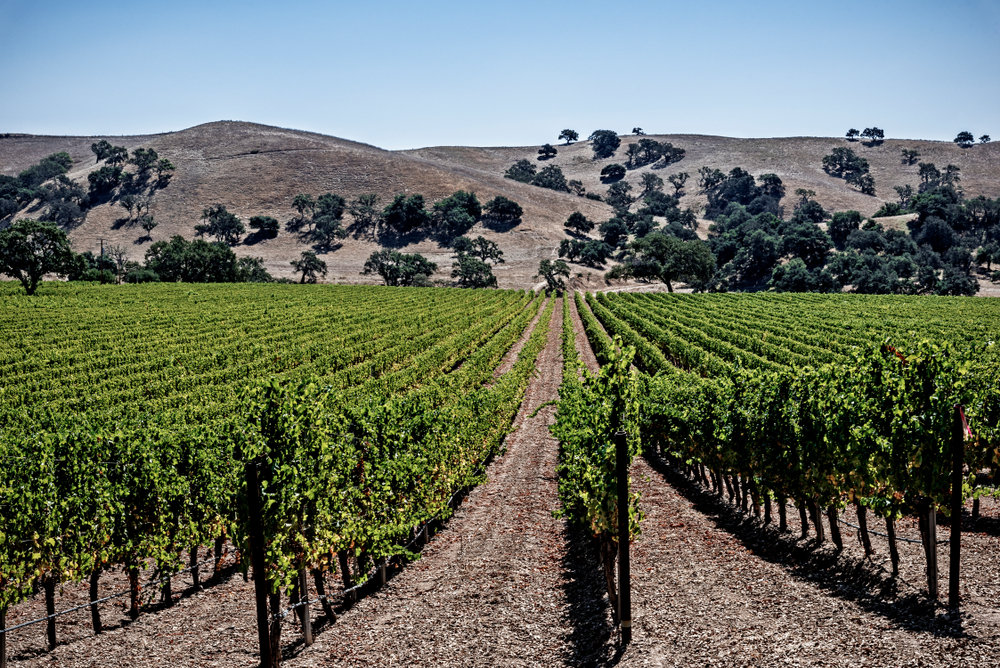I want to start this article with full disclosure here: despite the abundance of great wineries in Santa Barbara, I don’t drink a lot of wine. The bottles I typically open are ice cold, have a twist off and hold twelve ounces. That being said, I understand the economic importance of wineries to our state. California’s wine industry, a cornerstone of the state’s economy and a symbol of its agricultural prowess, is facing a confluence of challenges that threaten its future viability.
Changing Preferences
The wine industry is grappling with a perfect storm: an overabundance of wineries, vineyards, grapes, and a surplus of wine flooding the market. On top of this, Gen Z and millennials drink significantly less than older generations, with some choosing not to drink at all. When they do indulge, they often prefer alternatives such as weed, hard seltzers, hard ciders, canned cocktails, and various other spirits and brews.
Climate Change and Extreme Weather
One of the most significant threats to California’s wine industry is climate change. The increasing frequency and severity of wildfires, exacerbated by prolonged droughts, have had a devastating impact on vineyards. Wildfires not only destroy vines and infrastructure but also cause smoke taint, which can ruin entire vintages by imparting an unpleasant taste to the grapes. For instance, the 2020 wildfire season resulted in substantial financial losses, with some vineyards unable to produce wine from that year’s grape harvest.
Moreover, rising temperatures are altering the plant life cycle of grapevines, affecting the timing of budburst, flowering, and ripening. This can lead to a mismatch between the climate and the traditional varietals grown in regions like Napa and Sonoma. Vintners may need to switch to more heat-resistant grape varieties or implement costly mitigation strategies, such as increased irrigation or canopy management, to protect their crops.
Water Shortages
Water scarcity is another critical issue. Though California’s drought has ended for now, persistent droughts in the past have led to stringent water restrictions, impacting the irrigation of vineyards. Grapevines require substantial water, especially during the growing season, and limited water availability can reduce yields and affect grape quality. The competition for water resources with other agricultural sectors and urban areas exacerbates this problem, forcing vineyards to invest in more efficient but expensive irrigation technologies or to drill deeper wells, further increasing their operational costs.
Economic Pressures
The economic landscape also poses challenges. The COVID-19 pandemic disrupted traditional sales channels, with the closure of tasting rooms, restaurants, and export markets. Although there has been a partial recovery with the rise of direct-to-consumer sales and e-commerce, these channels cannot fully compensate for the lost revenue. Additionally, labor shortages and increased wages due to the pandemic have raised production costs. The industry is also grappling with inflation, which has increased the prices of essential supplies like glass bottles, barrels, and packaging materials.
Industry Adaptation and Resilience
Despite these challenges, the California wine industry is demonstrating resilience and adaptability. Many vintners are investing in sustainability practices, such as organic farming, water conservation technologies, and renewable energy. There is also a push towards diversification, with some vineyards exploring agritourism and hospitality services to create additional revenue streams.
Research institutions and industry groups are working on developing more resilient grape varieties and innovative farming techniques to help vineyards adapt to changing conditions.
The California wine industry is undeniably facing a multifaceted crisis, but it is not without hope. The run up to the election in November, current global unrest, and economic turbulence along with the endless drivel on social media should drive us all to drink. When the time comes, why not make it a California wine? I’ll try it if you will.
You can reach Tremblay Financial Services, financial advisors in Santa Barbara, by calling 805.569.1982.








